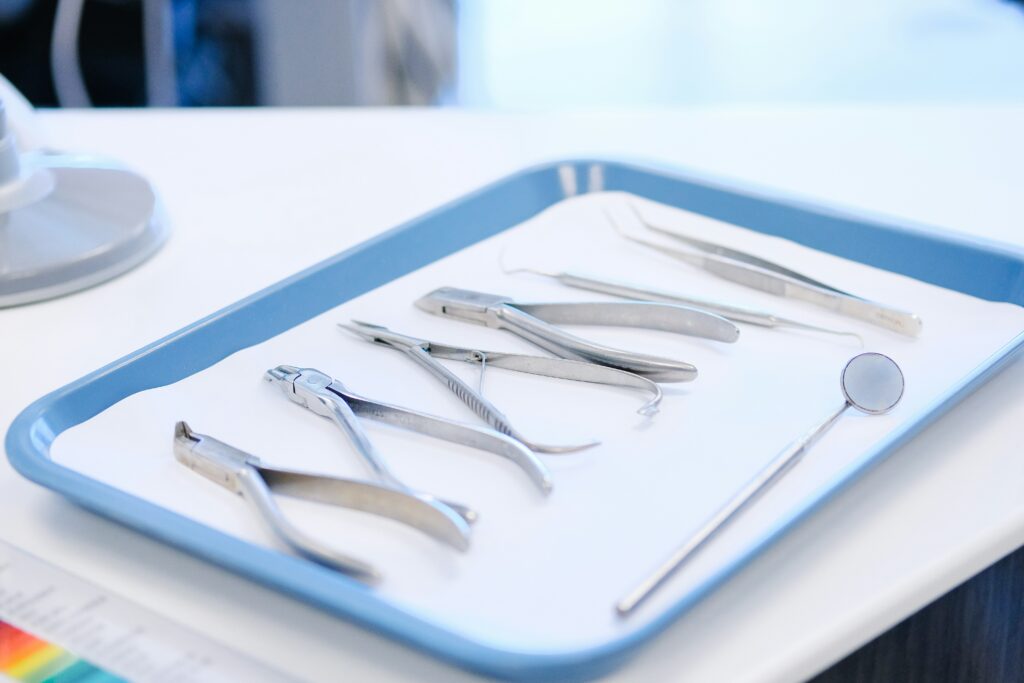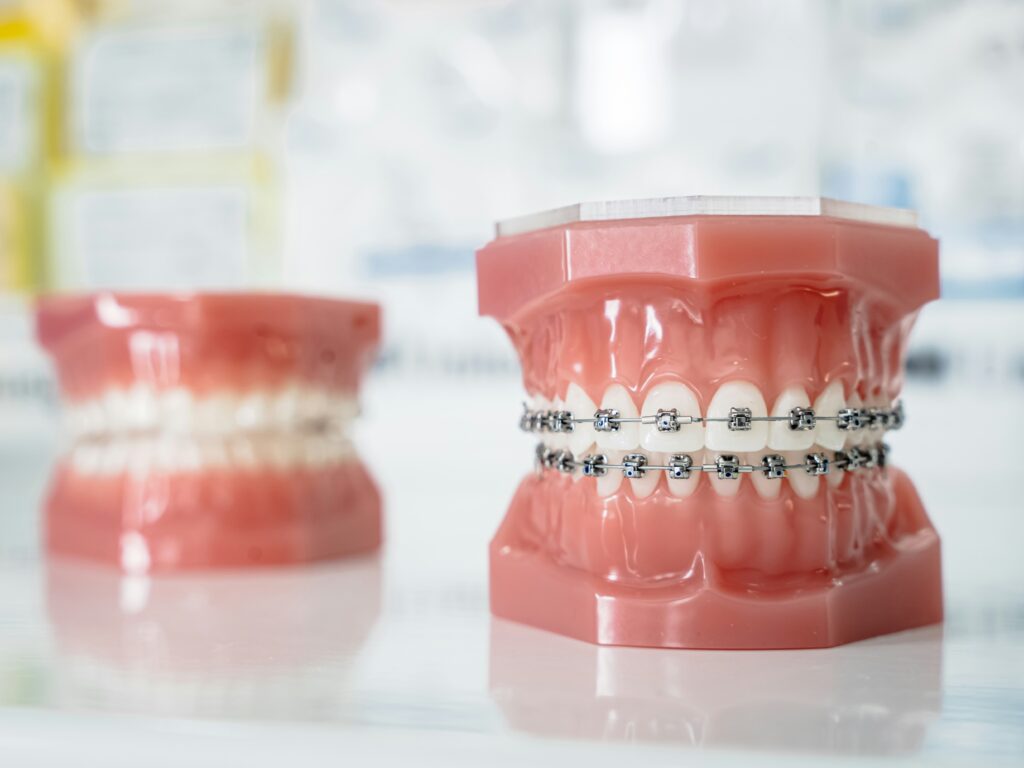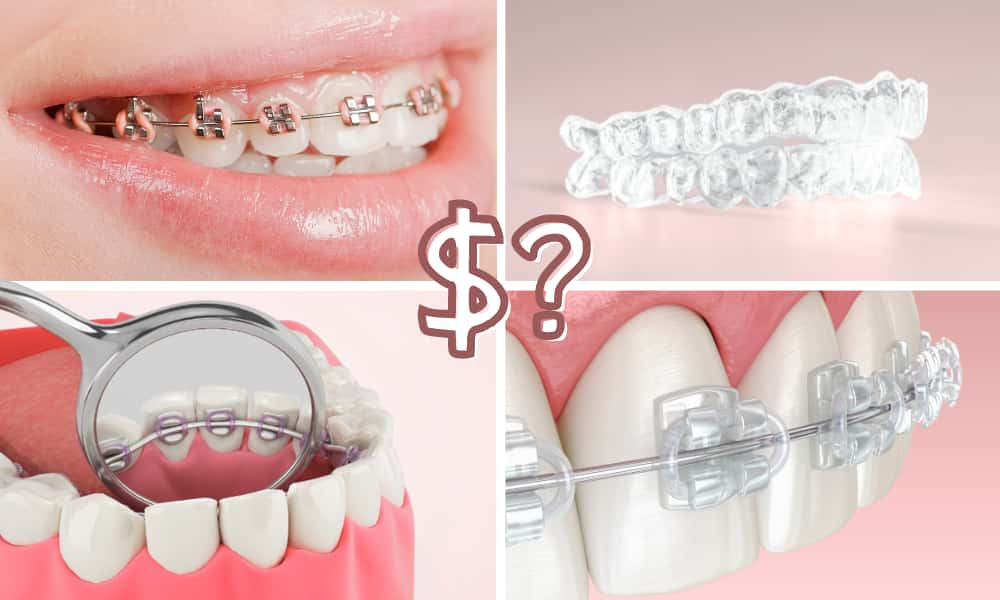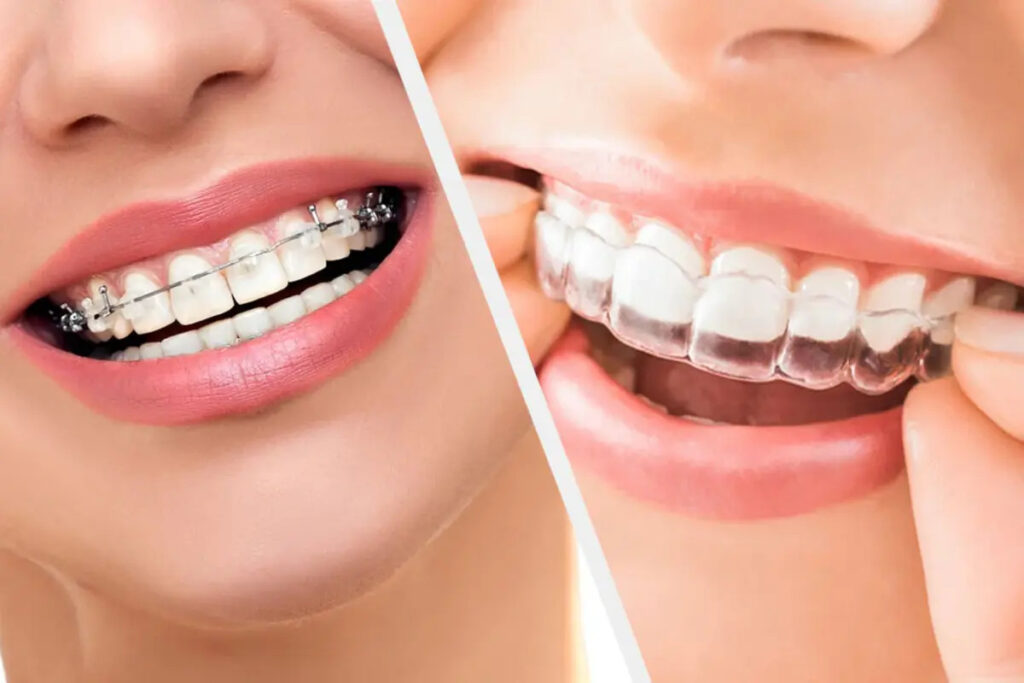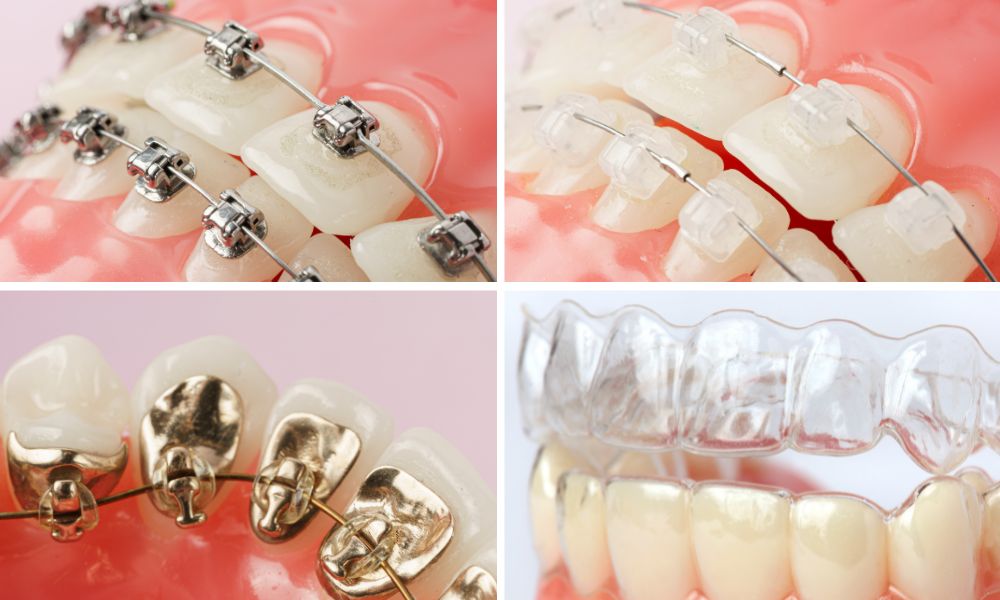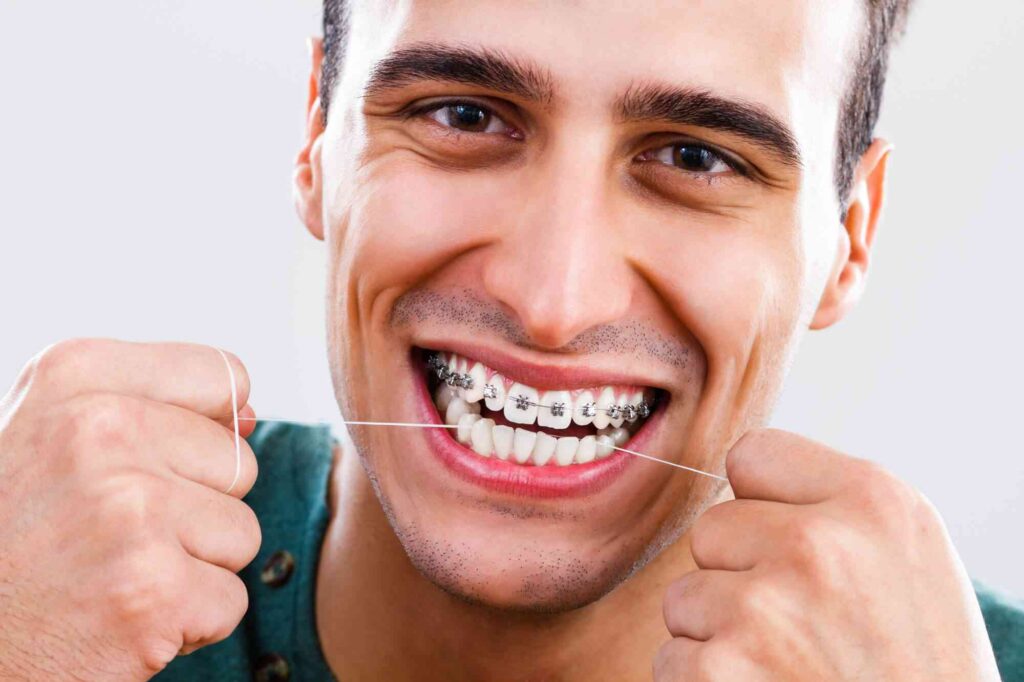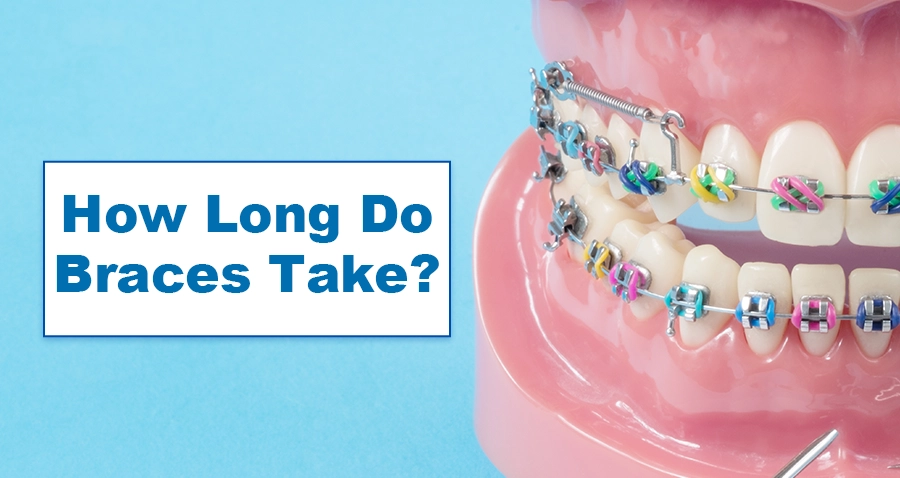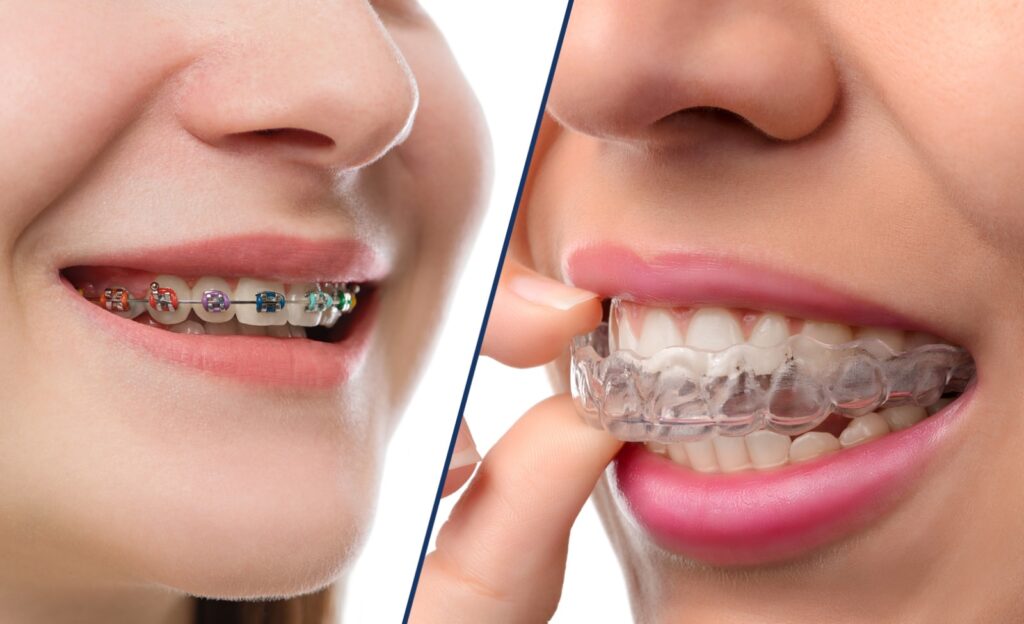Tooth Extraction Healing Time: What to Expect Day by Day | Teeth & Smile Dental Clinic
No wonder you are scared of tooth removal because of the cut and wound or the infection that may follow. However, it is sometimes necessary to maintain good oral healexperience decaygedamageed, damaged, or need wisdom tootit’s essential to understand know about the tooth extraction healing ensure ake recovery fa recoveryst and safe. At Teeth and Smile Dental Clinic, we have a team of experienced dentists who offer a safe tooth extraction process. In this blog, we will guide you through what expectations you should have after your extraction and what helps to heal faster. So, here is a simple guide on tooth extraction healing time, day by day. Day 1: Tooth Extraction Healing Right after getting your tooth removed, your body turns into self-healing mode. You will notice a blood clot in the empty socket. This clot helps protect bones and nerves and plays a significant role in healing. What to expect: Mild bleeding initially Swelling and tenderness Anaesthesia effect that lasts for 2-4 hours Care Tips Control excessive bleeding by biting onto the gauze provided byyy dentist. Avoid rinsing, spitting, or using a straw that can dislodge the clot. Avoid chewing and stick to soft foods like cereal, mashed potatoes, soup, yoghurt, etc. To reduce swelling, use an ice pack to calm the area. Rest to quicken up healing. Day 2-3 For the first few days, discomfort or swelling increases because the blood clot is in formation and the socket begins to repair itself. So, it is quite normal. What to Expect Swelling or minor bruising Mild pain Difficulty opening the mouth fully due to discomfort and swelling Care Tips Drink plenty of water and stick to soft foods. Rinse your mouth with salt water Avoid smoking or alcohol Do not use a straw to drink Take prescribed painkillers Use an ice pack to reduce swelling Day 4-7 By 4 to 7 days, swelling reduces in the jaw. The discomfort eases, and the gum tissue starts to heal around the tooth extraction. What to Expect: Reduced swelling and discomfort Tightness and itchiness of new tissues forming Care Tips Brush your teeth gently Avoid brushing on the extraction site Add soft solid foods into your diet, like pasta or scrambled eggs. Keep rinsing with salt water after meals Week 2 Week 2 of tooth extraction healing continues with gum closing. It starts to feel normal again as gum restores its position and tissues repair themselves. IT is when you can normally chew or brush your teeth gently. What to Expect Minimal soreness Pinkish tissue forming on the socket Comfortable eating or talking Avoid too hard to crunchy foods at this stage of healing Care Tips Maintaining good oral hygiene Eat nutritious food to repair tissues as fruits, vegetables, meat, and other proteins, to repair tissues. Follow the dentist’s aftercare instructions Avoid hard, crunchy, and sticky foods that might disrupt healing Week 3-4 By Week 3-4, surface healing is complete, while the bone and deeper tissues still need some time to repair. It is when tissues need time to strengthen. What to Expect No visible hole or tenderness Normal eating, brushing, and talking How Long Does It Take for a Tooth Extraction to Heal Completely? The first month of tooth extraction healing is the most difficult. It is when soreness, swelling, and tenderness continue. It takes around 3 months to fully heal the bone and tissues. To maintain successful tooth removal healing, you need to: Understand the type of tooth extracted (molar or wisdom) Oral hygiene Health condition When to Call Your Dentist Tooth extraction healing does not require you to visit your dentist often. However, you should talk to your dentist in some cases, like: Constant and severe pain even after 3 days Consistent bleeding and swelling Fever Infection Bad taste, odor, or pus If you experience any of these issues, you need to book an appointment with your dentist to avoid any serious complications. Teeth and Smile Dental Clinic in Gulberg 3, Lahore, is always at your service for dental treatments and follow-ups. Final Thoughts Healing after tooth extraction requires a lot of care and patience. But if you are worried about tooth removal due to healing, you shouldn’t be. Though there is discomfort and pain in the beginning, it heals with time and tissue repair. All you have to do is maintain good oral hygiene and follow the dentist’s aftercare instructions If you want a tooth extraction in Pakistan, visit Teeth and Smile Dental Clinic in Gulberg 3, Lahore. Our experienced dentists make sure your tooth removal process goes smoothly and heals comfortably.


